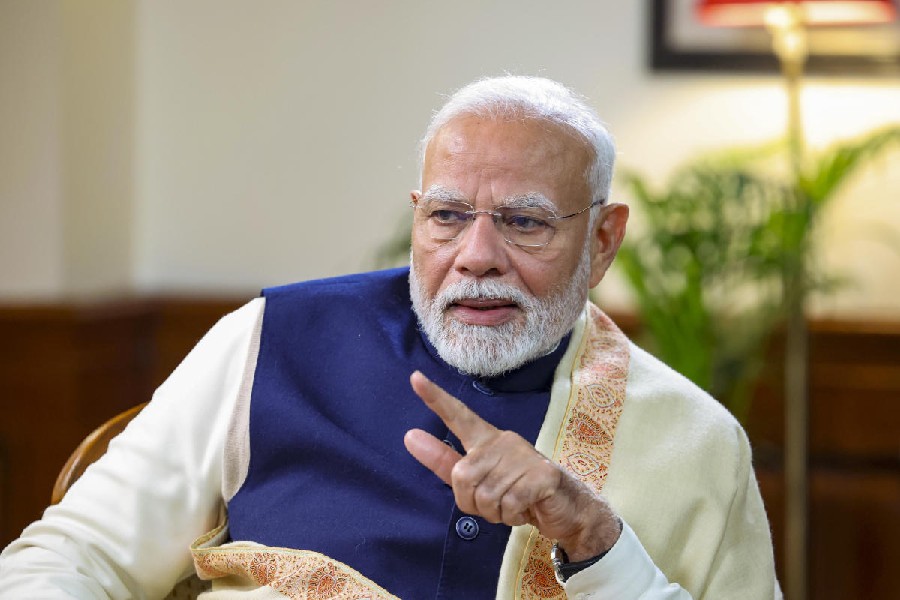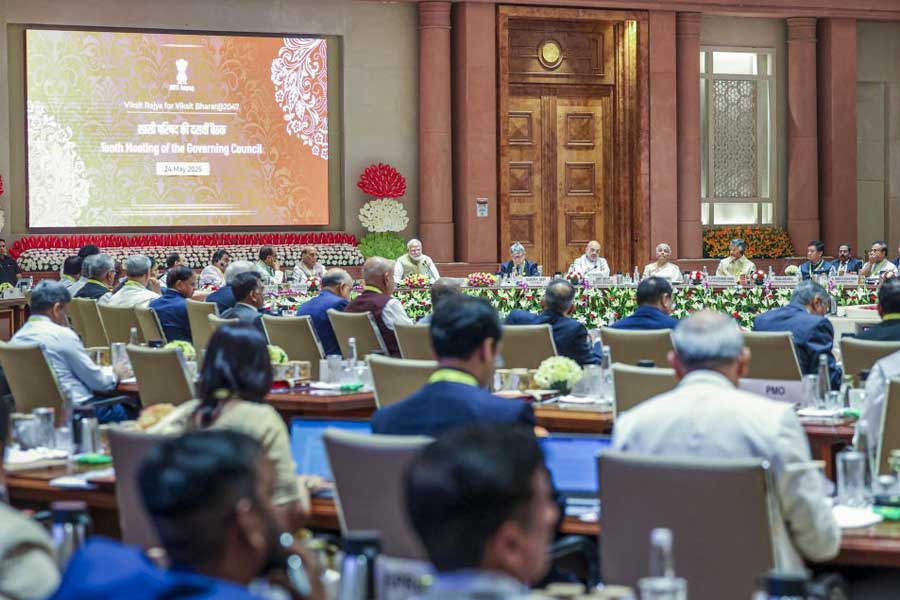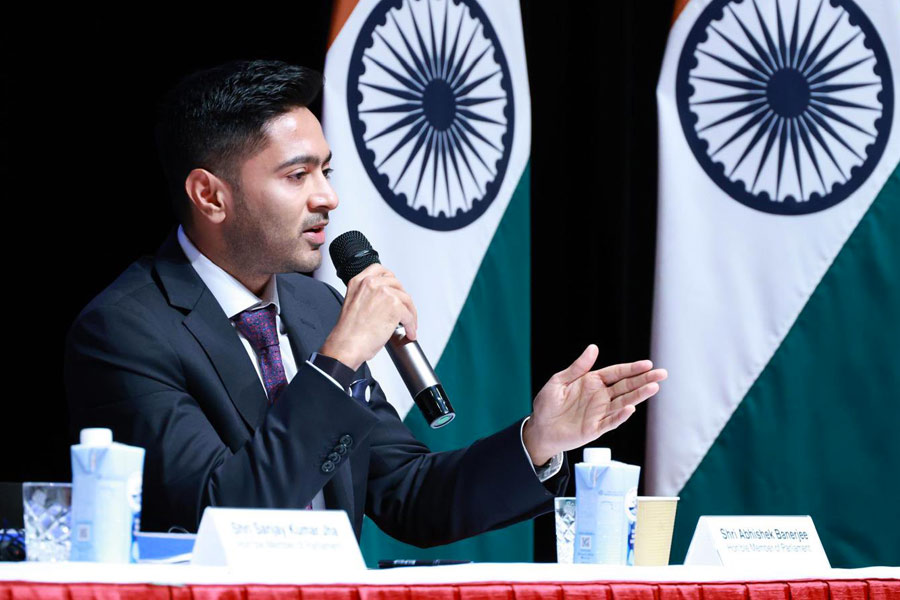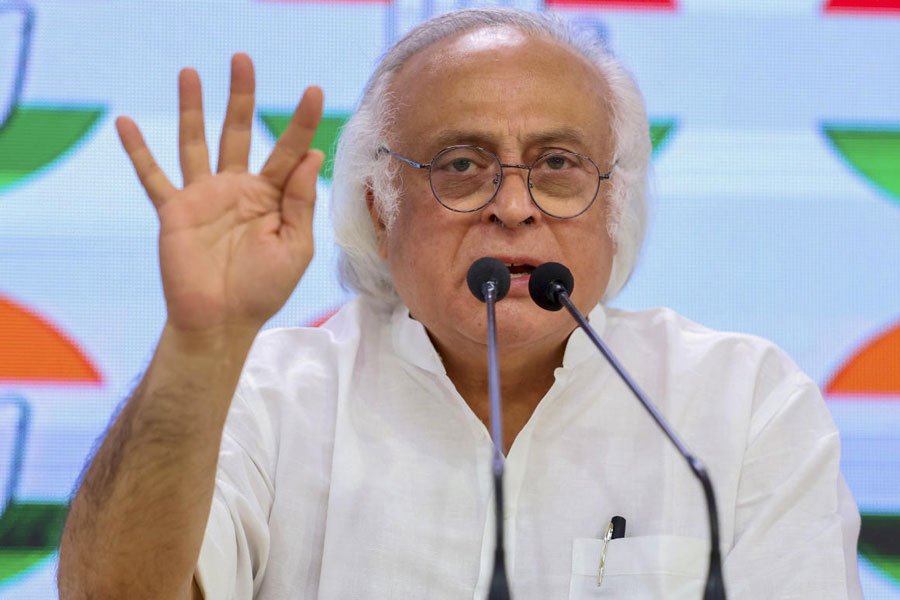 |
| Benoykrishna Deb Bahadur |
The tercentenary of Calcutta was celebrated on August 24, 1990, as that was the day when Job Charnock disembarked from his sloop on the banks of the Hooghly in Sutanuti and built some hutments thereafter. This has for long been regarded as being symbolic of the establishment of the city of Calcutta, although it took ages for the City of Palaces to come into being. Three centuries and more later, a group of experts appointed by Calcutta High Court held in 2003 that this was all bunk and that Job Charnock was by no means the father of Calcutta.
So last Thursday, the Sutanuti Boimela Committee organised a lecture entitled Tomorrow is not the Birthday of Calcutta by Debasis Bose to commemorate the centenary of the death of Benoykrishna Deb Bahadur of Sovabazar in the red Chhatubabu Latubabu house.
The meeting was not held in Sovabazar in symbolic protest against the failure of Bengalis to protect the section of the palace that belonged to Benoykrishna, a part of which is Jaipuria College.
Apart from the thakurdalan, which is let out for marriages, nothing is left of Sovabazar Rajbati. Benoykrishna, who was the great grandson of Raja Nabakrishna, was born in 1856 and died at 43. He was the founder of Bangiya Sahitya Parishad. A booklet on the nobleman was released that day. Debasis Bose’s contention was that from historical and archaeological evidence it can be established that the land mass on which Calcutta came up was quite ancient as Chandraketugarh dated back to the second century BC, and the mound next to Clive’s house in Dum Dum has yielded artefacts 2,000 years old.
Charnock died only three years after landing at Sutanuti and had no hand in building the city. The old Fort William that was located on the spot, where the General Post Office stands today, was destroyed by Siraj-ud-Daulah. Unless Robert Clive had won the battle of Palashi, modern Calcutta could not have come up. In 1803, Lord Wellesley came up with his famous minutes. But that was implemented only piecemeal. “Calcutta was an admixture of colonial commercial needs and feudal values,” said Bose. North Calcutta too was not developed in a day.











